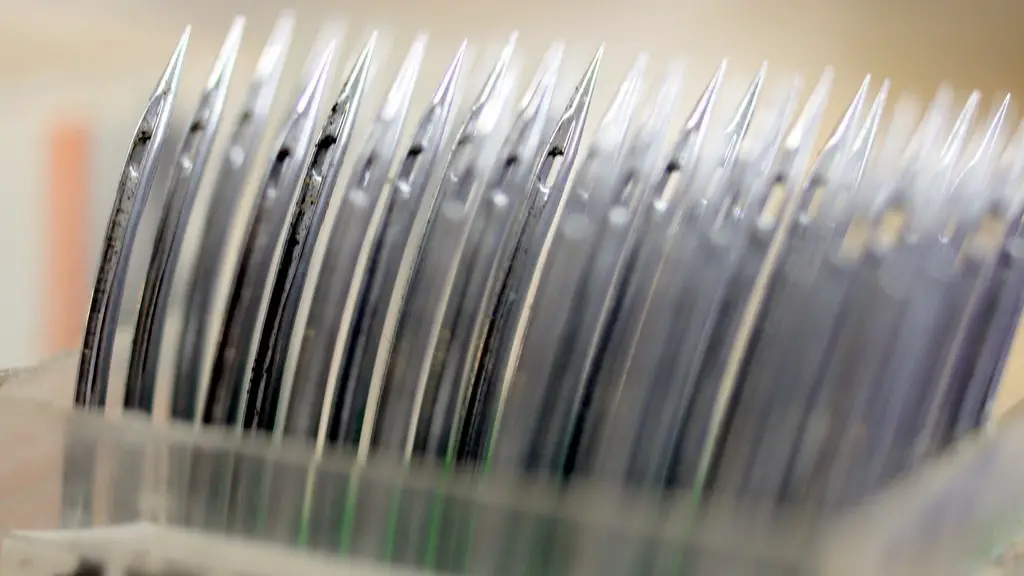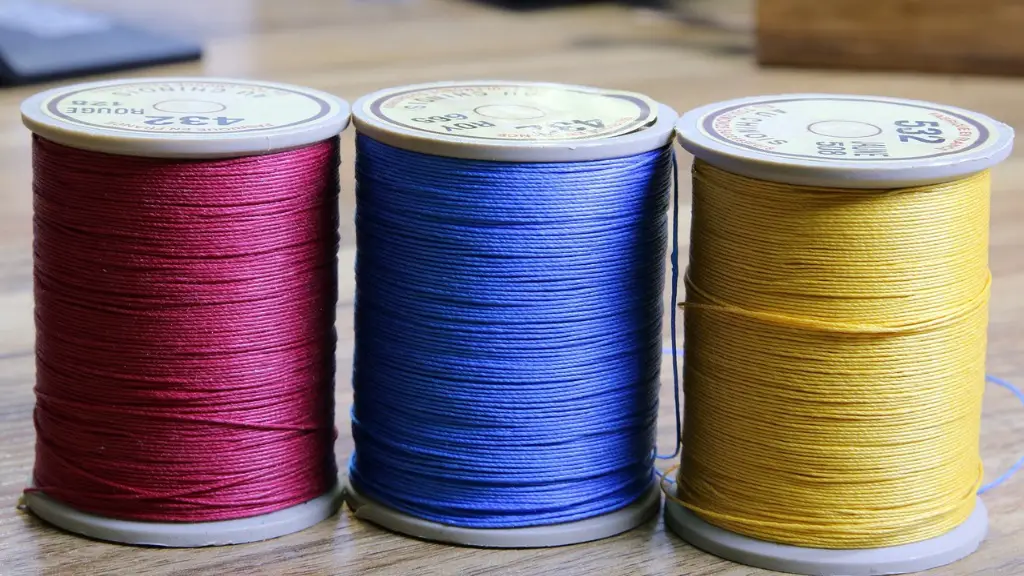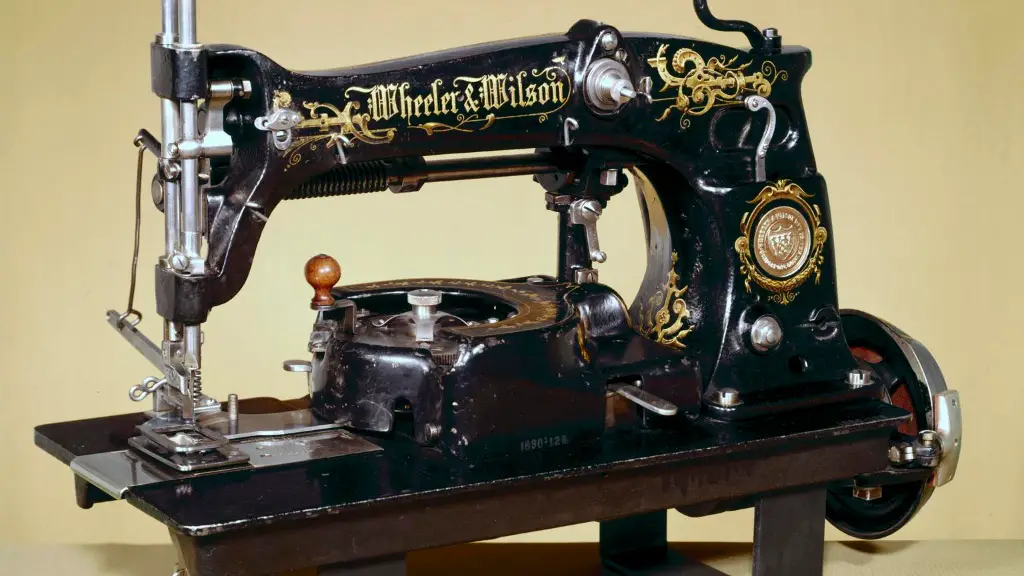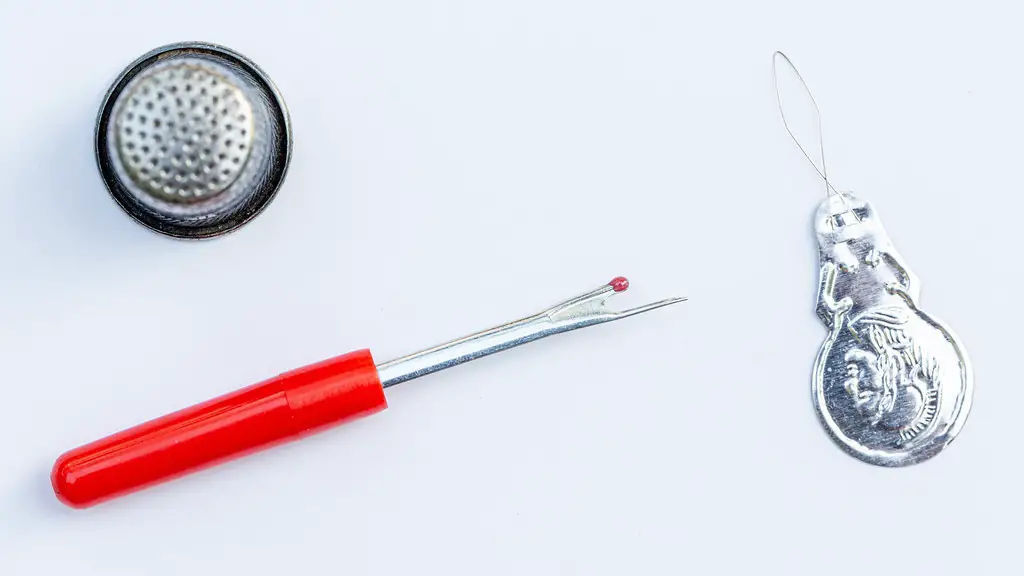What is an Overlock Sewing Machine?
An overlock sewing machine is a specialized type of sewing machine that combines three separate functions — it sews, trims and stitches fabric edges together. It’s also sometimes referred to as a Serger sewing machine,Serging Machine,overlocking machine,or an overlock stitch machine. This machine is designed to sew over the edges of two or more pieces of fabric, creating a neat and secure finish. One of the main advantages of an overlock machine is that it creates a strong and durable seam that resists unraveling, something that is especially important when sewing lightweight fabrics or delicate materials.
Why use an Overlock Machine?
The overlock machine is particularly useful for creating professional-looking seams and hem finishes with minimal effort. This type of machine is also capable of sewing a variety of looks, ranging from flat-felled seams to decorative edges and scallops. The overlock machine is also much faster than a traditional sewing machine, as it uses multiple threads at the same time to finish seams quickly and accurately.
How to Use an Overlock Sewing Machine
Using an overlock sewing machine is not difficult, but it does take a bit of practice to become comfortable with the machine. Before using the machine, it’s important to read the user manual to understand all of the features and settings. The most basic steps for using the overlock machine are as follows:
1. Ensure the speed setting is correct for the type and thickness of the fabric you are working with.
2. Thread the machine with 3 or 4 spools, depending on the type of stitch you want to make.
3. Position the fabric under the needles and foot, then lower the presser foot lever.
4. Turn on the machine and begin sewing by pressing the foot pedal.
5. When you reach the end of the seam, pull the pressure foot up and trim the loose threads.
Sewing Techniques with an Overlock Machine
The overlock machine can be used to sew a variety of seam finishes and sewing techniques. Some of the most popular techniques include:
Flat-Felled Seam
Flat-felled seams are a type of seam used to reinforce the seam, while also creating a visually pleasing finish. To create this type of seam, the overlock machine stitches two fabric pieces together while also trimming and overcasting the edges. This type of seam is found on many garments, including jeans and T-shirts.
Rolled Hem
A rolled hem is a decorative hem that is often used on delicate and lightweight fabrics. The rolled hem is formed by folding and rolling the fabric edge, then trimming and stitching along the folded edge. This technique is perfect for items like scarves, curtains and lingerie.
Edge Stitching
Edge stitching is a great way to give a garment or item a finished look. To create this type of stitching, the edges of the fabric are trimmed and then stitched with a decorative decorative stitch. This type of stitch is often used on placemats, table runners, and even hems on trousers.
Chasing
Chasing is a type of decorative stitch that creates a crescent-shaped finish on the fabric edge. It’s perfect for adding a unique design element to any garment or item. To create a chasing stitch, the edges of the fabric are turned under and then trimmed and stitched with a unique design.
Troubleshooting Tips
Though the overlock machine is a handy tool, there may be times when you experience problems while using it. If your machine is not working properly, be sure to check the following things:
1. Check that the machine is properly threaded.
2. Make sure the tension of the threads is correct.
3. Check the needle for any damage or wear.
4. Make sure the bobbin case is inserted properly.
5. Check to make sure the machine is clean and free of lint.
Accessories and Maintenance
In order to guarantee good results and long-lasting performance, it’s important to use the right accessories and take proper care of your machine. When buying accessories, make sure to check the type of machine you have and the type of accessories needed for it. Most accessory bundles come with needles, spare bobbins, thread cutters and other items that are essential for successful machine operation. As for maintenance, be sure to regularly clean and oil your machine to keep it running smoothly.
Caring for Your Overlock Sewing Machine
The overlock sewing machine is a powerful tool, so it’s important to take proper care of it. Do not overuse the machine and be sure to give it a break after several hours of continuous use. If possible, store the machine in a climate-controlled area to protect it from dust and moisture. Finally, be sure to regularly clean and lubricate the machine as needed.
The Benefits of Owning an Overlock Sewing Machine
The overlock sewing machine is a great choice for sewers and crafters of all skill levels. Whether you’re a beginner sewist looking to get started or an experienced sewer looking to upgrade, the overlock machine offers a variety of benefits, such as speed, precision and durability. With a bit of practice and the right accessories, you can create professional-looking designs in no time.
How to Choose an Overlock Sewing Machine
When shopping for an overlock machine, it’s important to research and compare the features of different models to find the one that best suits your needs. Some features to look for in an overlock machine include the stitch types available, the number of needles, speed settings, and special features. Additionally, be sure to read customer reviews for each model to find out about real-world performance and reliability.
Overlock Sewing Machine Safety Tips
As with any sewing machine, it’s important to follow safety procedures when using an overlock sewing machine. Be sure to read the user manual thoroughly and follow all safety warnings and instructions. Additionally, always be sure to unplug the machine when cleaning and changing accessories, and never attempt to service the machine yourself.



